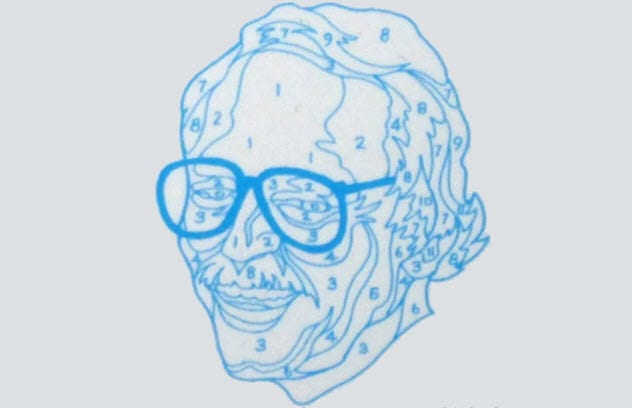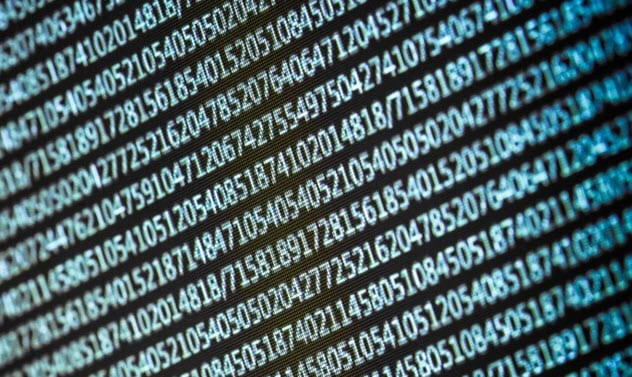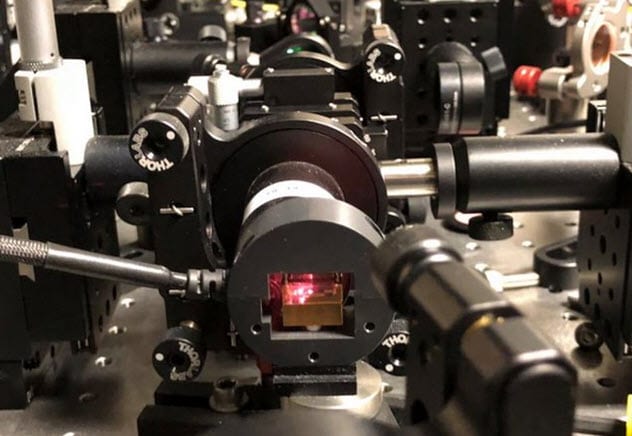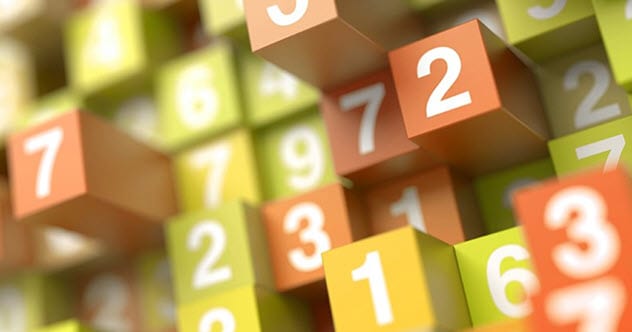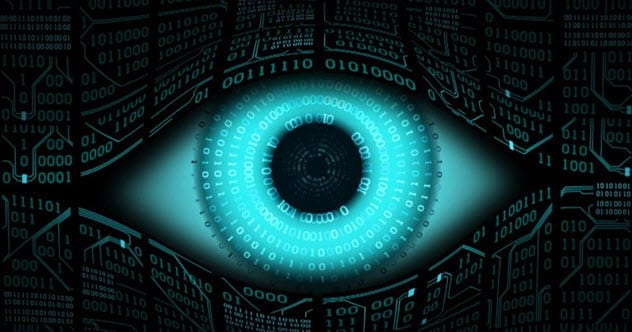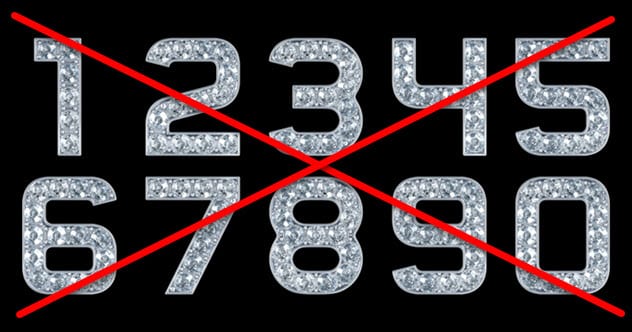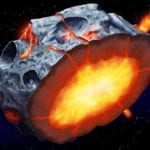Quantum mechanics has produced unhackable numbers, vast numbers could create black holes in the brain, and half the US population wants to ban numbers. That particular urge does not bother certain cultures because they count nothing.
10 The Paint-By-Numbers Story
Leonardo da Vinci was the original paint-by-numbers inventor. He used the concept to teach his students. During the 1940s, Dan Robbins heard about da Vinci’s method. He worked for the Palmer Paint Company in Detroit. Inspired, Robbins created his first paint-by-numbers design and showed it to his boss. Although the man hated it, he encouraged Robbins to design subjects that people might want to paint. The resulting kits sold landscapes, horses, kittens, and puppies. The whole thing became a craze, and sales hit a record $20 million in 1955. A few years later, the market became saturated with copycats and profits dropped. The Palmer Paint Company was sold and today produces only two kits. One shows the Last Supper, and the other commemorates the September 11 attacks. Robbins’s work was later celebrated by the Smithsonian Institution—a far cry from the early days when critics slammed his kits for not being real art. He passed away in 2019 at age 93.[1]
9 Bees Understand Numbers
During a 2009 experiment, researchers found an extraordinary ability in bees. The insects could distinguish between two, three, and four dots. They could not grasp bigger numbers. The honeybees were allowed to fly around Y-shaped boxes. They were trained to know that boxes with marked entrances (showing two to four dots) had a reward inside. When the bee reached the fork, it encountered two sets of dots. One matched the number at the entrance. The other path had an unrelated number of dots. Bees that buzzed down the side with the same number as the entrance got their sugar water treat. Around 80 percent of the time, the insects recognized two and three dots. Boxes that used sets of three and four had 70 percent success. Researchers believe that bees cannot count. Instead, they intuitively understand small numbers in the same way that people know that there are three bottles on a shelf without actually counting them.[2]
8 Epic Prime Numbers
When a whole number greater than 1 can only be divided by itself and 1, it is considered a prime number. There should be no leftovers like 3.4. Some examples of primes are the numbers 2, 3, 5, and 7. In 2017, the world’s then-biggest prime number was discovered. Called M77232917, it was a mind-bending 23,249,425 digits long. The new record had almost one million more digits than the previous biggest prime. Another way of wrapping one’s mind around the size is to write it down. If 1,000 digits were written daily, the task would take over 60 years. Luckily, its shortened version can be written down as 277,232,917 minus 1. It is also a rare Mersenne prime, a prime number that is one less than a power of two. It was the search for Mersenne primes that resulted in the discovery of M77232917. Scientists and civilians work on a global computer project called the Great Internet Mersenne Prime Search (GIMPS). After hunting for GIMPS for 14 years, an electrical engineer named Jonathan Pace found it in 2017. Pace’s record didn’t last long, though. In December 2018, Patrick Laroche found an even bigger Mersenne prime: M82589933, which is 282,589,933 minus 1.[3]
7 Dyscalculia
Few have heard of dyscalculia. Called “math’s dyslexia,” people who suffer from this condition struggle to complete simple transactions. Is 7 bigger than 6? What is the change for a $5.50 purchase paid for with $10? What is the score of a baseball game? Dyscalculics have a frustrating time with such things. This does not mean that they are stupid. Research has shown that individuals with this condition are cognitively normal and intelligent. The population affected could be as high as 7.5 percent, and since the condition makes day-to-day life difficult, it needs to be understood to tweak a treatment.[4] Unfortunately, its root cause remains mysterious. One thing is certain, though. It would appear that the brain regions responsible for math are underactive in dyscalculics. Additionally, scans have shown that the regions are less connected to the rest of the brain. But the reason behind the lower activity and connectivity eludes science.
6 Cultures With No Numbers
Most of us cannot imagine a world without numbers. People say: “I have three kids,” or “I need eight eggs for this recipe.” Remarkably, there are cultures with no words for numbers. They are called anumeric or numberless peoples. Interestingly, every single human being is born anumeric. It takes an entire society—family, education system, and peers—to teach somebody how to grasp the complex world of numbers. Indeed, research has shown that cultures with numbers are relatively new within humanity’s 200,000-year life span.[5]
5 Unhackable Randomness
The ability to produce random numbers is important. Computers use this gobbledygook to encrypt sensitive information. However, hackers find ways to predict and tamper with algorithms. As strange as it seems, producing random numbers is hard. Tough problems often require weird solutions. In 2018, an experiment led to the first “unhackable” method when researchers turned to quantum mechanics. Two photons (light particles) were used to generate genuinely random strings of numbers.[6] To start with, photons point either up or down. Before they are measured to determine their positions, the particles exist in a state where chances are equal for either outcome. This prevents them from being predictable. Scientists teamed up pairs of photons to ensure that the particles started out in a neutral position. It was important to know they were not already up or down. It was successful. Their influence on each other gave a “neutral” reading before the photons flipped. As a result, researchers created an algorithm capable of spinning truly random numbers.
4 Primes Behave Like Crystals
Prime numbers are often considered the building blocks of mathematics. Despite this, certain properties have confused people for thousands of years. Their apparent randomness is so odd that it triggered the permanent hunt for the next biggest prime number. Nobody could find any semblance of order until theoretical chemists looked at prime numbers in a new way. In 2018, a study considered primes as a physical structure. More precisely, as if they were atoms inside a crystal. The way atom patterns are tested within a crystal is to watch X-rays scatter. Unlike liquids that produce chaotic results, the rigid structure of crystal atoms always returns an orderly pattern. The researchers used software to theoretically bounce X-rays off a million prime numbers. They expected the numbers to behave like a liquid considering their random tendencies. Instead, the primes produced a crystal-like pattern—but unlike any crystal scientists have ever seen.[7]
3 AI’s Spontaneous Number Sense
Computers can calculate numbers at a dizzying speed. No human can hope to process millions of calculations in a second, but we retain a superior position thanks to one thing. The human mind knows whether it is looking at three apples or three cats. A computer cannot recognize the object unless it is told that this is an apple or a cat and that it must be counted. This ability to recognize different things, the symbol 3, and their common factor as the abstract concept of 3 without having to count them is our “number sense.” As computers cannot do this on their own, artificial intelligence (AI) is nowhere near the broad intelligence of humans. In 2019, the news broke that an AI spontaneously evolved the ability. The AI in question was being taught simple object recognition. Usually, computers detect numbers in a different way than the human mind. They scour pixels, lines, and shapes. Once it recognizes apples, it can count them. However, the freaky AI developed the human-level number sense to know that three apples were different from three cats but that they had the number 3 in common. Remarkably, scientists found that certain parts of the network suddenly tuned in to abstract numbers—just like real brain neurons.[8]
2 A Ban On Numerals
In 2019, a research company called CivicScience asked people to vote in a poll. The question was simple. Should Hindu-Arabic numerals be removed from the US school system? Over 3,600 voters responded. When the results were extrapolated from this group, it suggested that half of all Americans want the numerals banned. This was weird. Hindu-Arabic numerals are the digits 0 to 9. Chances are that the voters did not quite grasp this fact. The name comes from its origins (India around AD 400) and the foreigners who adopted the system by adding their own flavor (Arabic).[9] The West has used 0 to 9 for so long that few think about where the numerals came from and most consider the system as Western. The strong reaction supporting the ban could be tied to tribalism. Researchers feel that when people follow “facts” because it helps them identify with their group, which is classic tribalism, things tend to spiral into bigotry. Not just against the Middle East but also within the US between groups that support the ban and those who view it as disinformation.
1 Black Holes Inside The Brain
When numbers get huge, they get names like googol, TREE(3), and Graham’s number. The latter is a 64-step calculation that grinds to a halt after a few steps. By then, there are trillions of digits. Graham’s number is a tiny speck next to TREE(3). Capturing its full capacity or reach is said to be impossible. Although humans are capable of mathematical genius, the ability to comprehend vast numbers is not a natural one. This led to the question of what might happen if something like TREE(3) was stored inside the brain in decimal notation.[10] The theory turned frightening. The brain can only hold so much information. According to mathematicians, forcing more details into a full mind could create a black hole in the brain. The scary part is that numbers smaller than Graham’s number can trigger such an event. Read More: Facebook Smashwords HubPages
